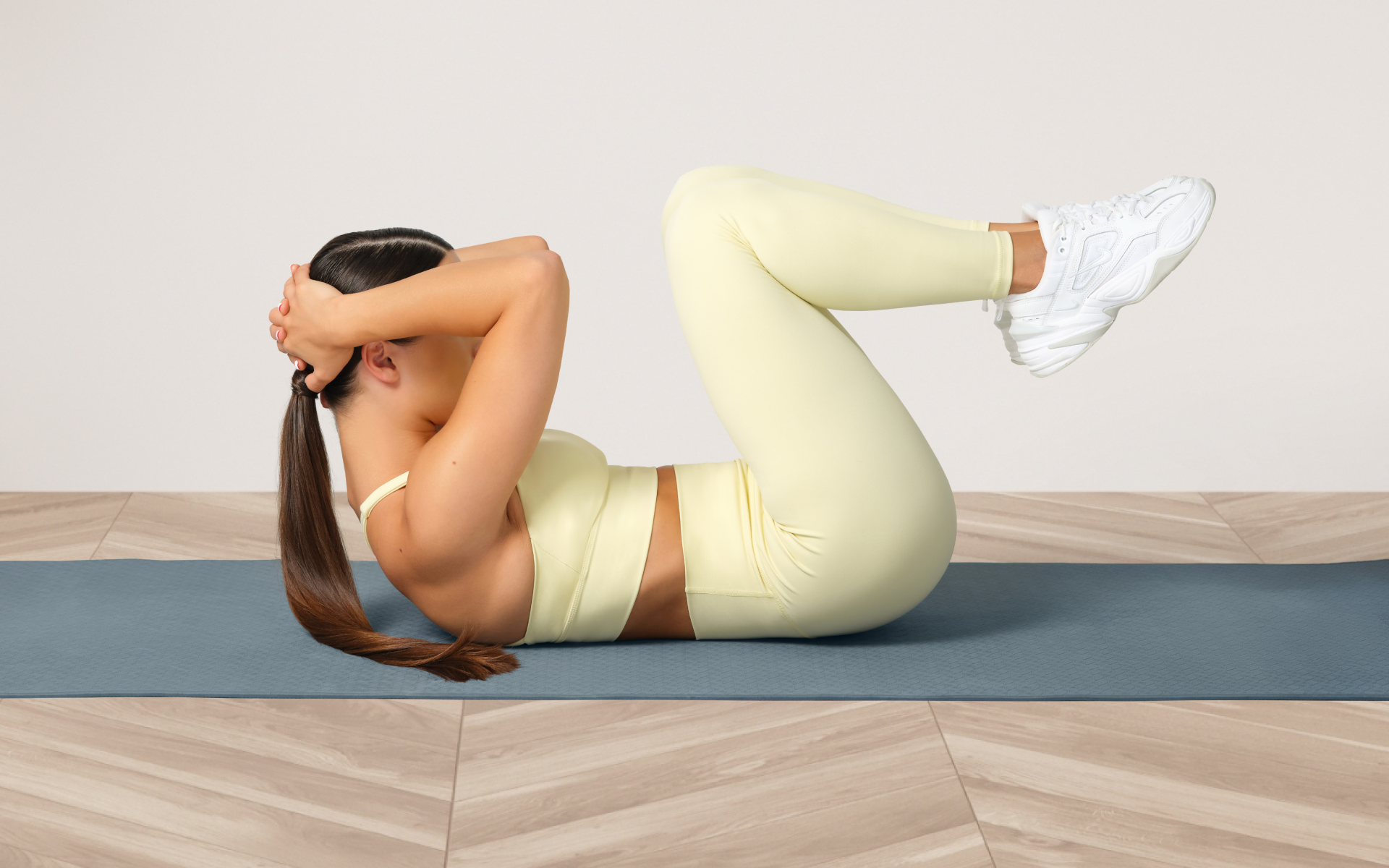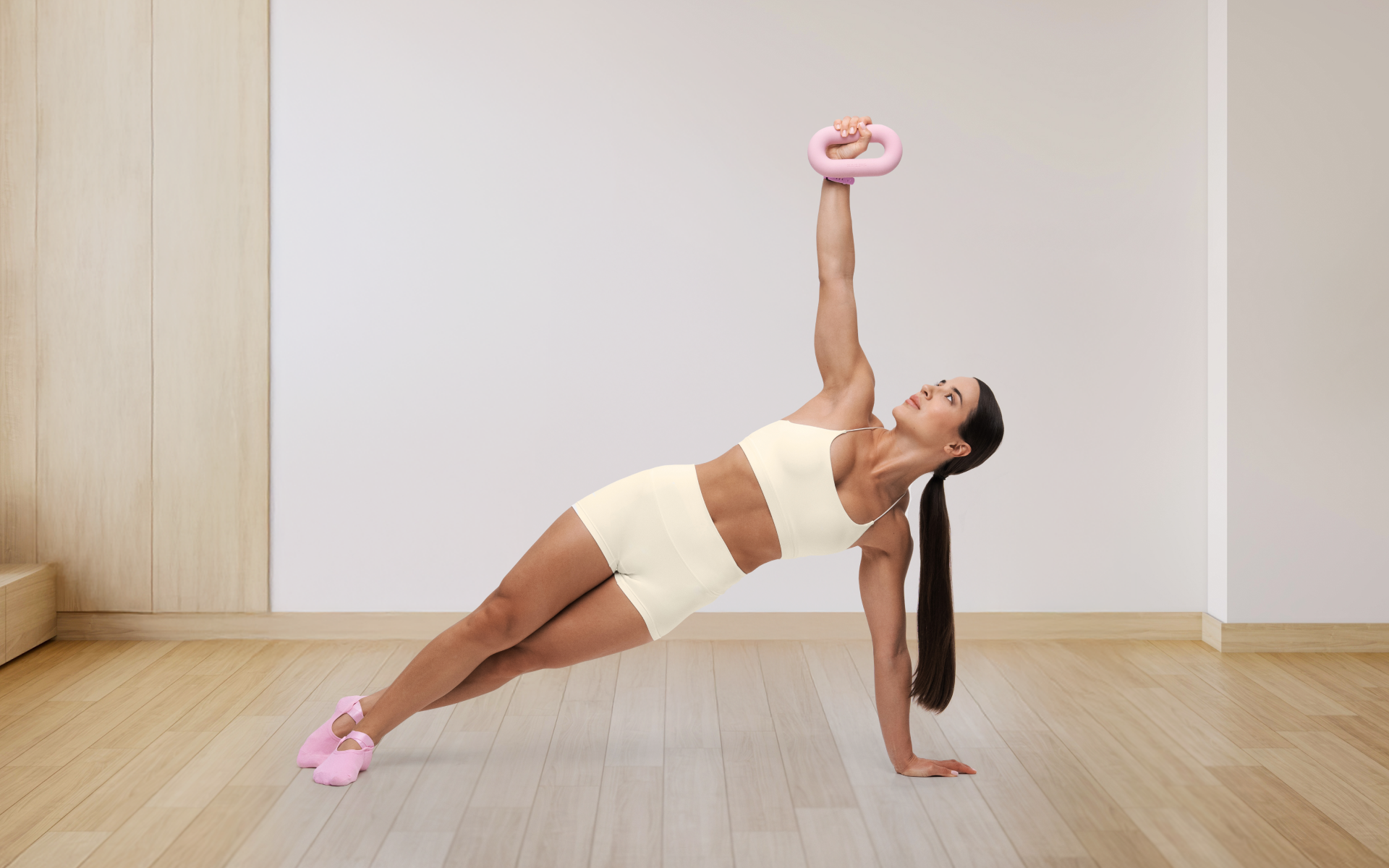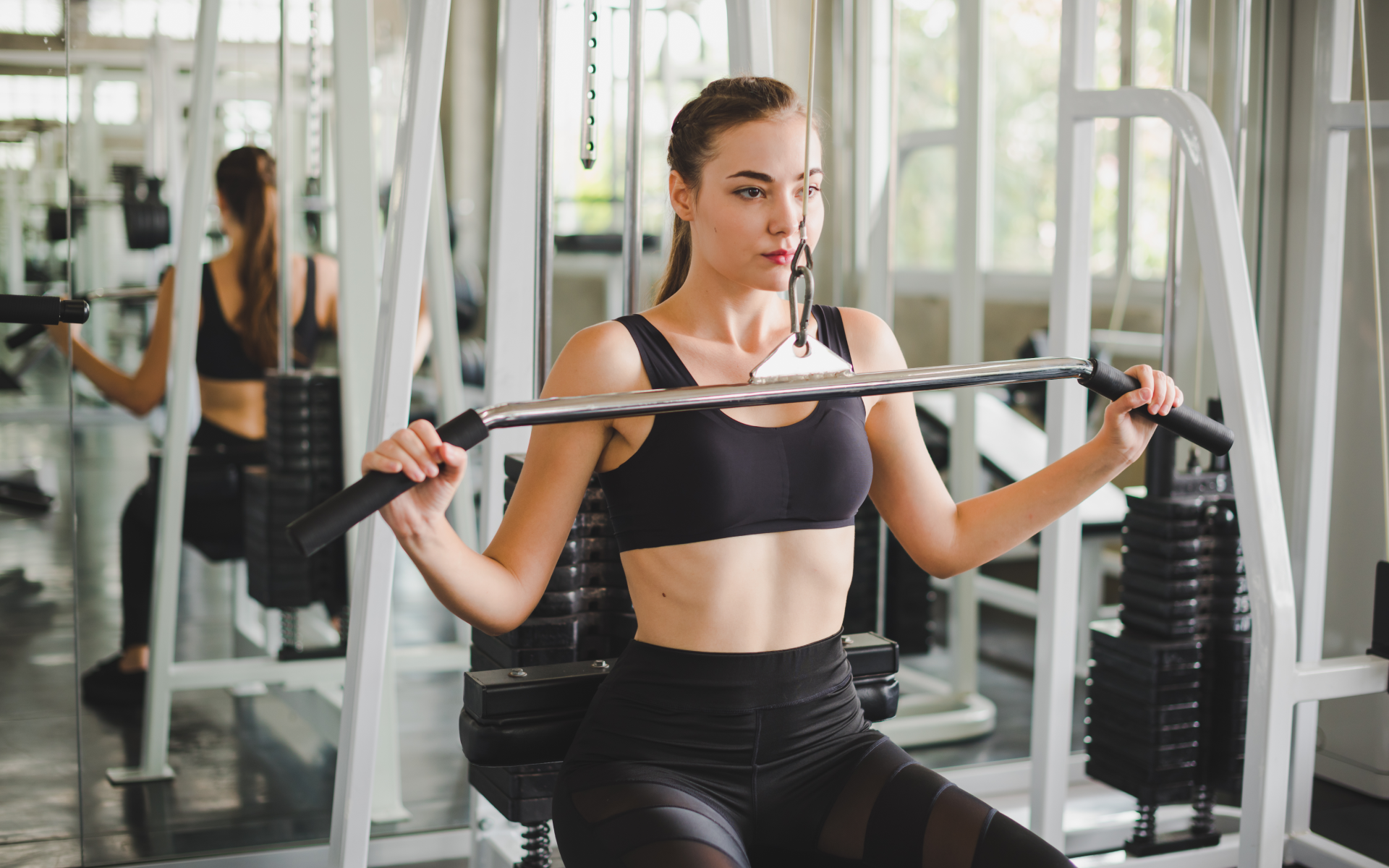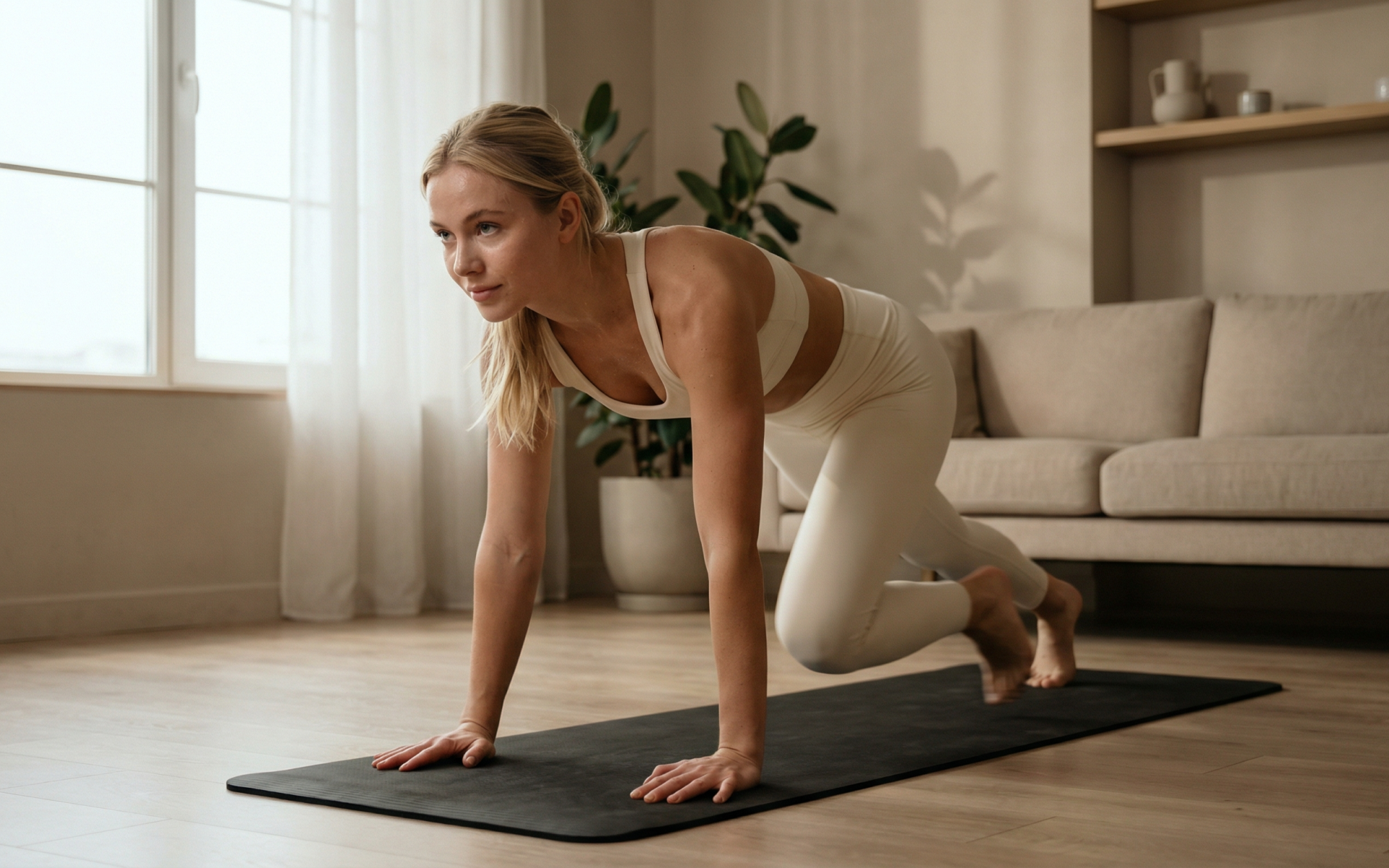“Wake up and stretch like a cat” – the person who told you this definitely takes care of you.
The first thing we want to do in the morning is give ourselves a gentle stretch, it seems so easy and invigorating at the same time.
You stretch a bit in your bed by raising your arms towards the ceiling, stretching out your spine and then confidently moving to your bathroom for other essentials.
That said, stretching is likely one of the last exercises people think of, with regards to muscle growth. No matter, this activity is more effective than many think: it not only improves a person’s flexibility but can potentially enhance the potential for building muscles.
Since stretching aids increased flexibility and mobility of the body, it can help you maintain a full range of motion in the joints, while performing everyday activities. Being underestimated and not treated seriously by some individuals, this form of exercise can bring so much more to the table.
Before you rush off to the best stretches for muscle growth, let’s go deeper into some research concerning the impact of stretching on muscle growth.
Does stretching build muscles? Studies Explained.
Can stretching increase muscle size?
Without further background, let’s promptly move to different studies that highlight the effects of stretching on muscle growth.
Starting from a study published in the Journal of Applied Physiology, we see that intense stretching of a specific muscle group, post-workout, can significantly increase lean muscle mass (the number of muscle fibers) in as little as 28 days (5).
Other human studies highlighted significantly positive effects of stretch training on muscle structure. Yet, in these studies, the stretching was carried out with an external overload or apparatus that aided in its performance (2).
This means that passive low-intensity stretching may not confer beneficial changes in muscle size but when performed with additional loads or added between active muscle contractions, they may induce muscle hypertrophy (2).
Besides that, stretching helps increase blood flow. This means an increased amount of muscle-building nutrients moving to the muscles, which will improve the overall recovery of torn-down muscle fibers (6).
On top of that, the increased blood flow and ability to get the muscles the important nutrients needed for post-workout recovery, it will help reduce muscle soreness as well.
Another great study in 2024 involved 81 participants with training experience who were divided into three groups (3):
- Group 1: Static stretching group
- Group 2: Resistance training group
- Group 3: Control group (no exercise protocol)
The first static stretching group performed 15 minutes of chest muscle stretching over eight weeks four days a week. They utilized specific equipment like a pec deck to hold the stretch and were supervised to ensure they performed the stretch at full intensity.
The second resistance training group used a traditional chest resistance training program, three days a week for the same duration.
Measurements involved maximal isometric strength, shoulder range of motion, and muscle thickness.
Results suggest that stretching could potentially increase strength, muscle thickness, and flexibility for both training groups.
Interestingly, there was no major difference between these two groups. Researchers concluded that static stretching is as effective as resistance training in gaining strength and size. However, the study highlighted that the intensity of the stretch played a crucial role in stretch-mediated hypertrophy.
More research is needed, as certain factors impact the results: the availability of stretching devices, time spent on stretching, nutritional factors outside of the study and considerable side effects. Still, this recent research on stretch-mediated hypertrophy sounds promising.
You can benefit from the study by using the full range of movements, especially when the muscle is in the lengthened position during the repetition. It could happen during the bottom of the squat or the stretched position of the chest flies.
BetterMe is your fast-track ticket to a long-lasting weight loss! Tailor your fitness journey and maximize your results with just a couple of swipes!
Does stretching change muscle shape?
Stretching for muscle growth was discussed in the recent 2023 systematic review from the 2946 records retrieved, 19 studies, and a meta-analysis involving 467 participants). This review demonstrated some evidence that stretching creates changes in muscle morphology. The review concluded that static stretching training can increase fascicle length at rest and during stretching in healthy participants.
People who perform high-volume and intensive stretching movements may induce longitudinal fascicle growth. Also, high stretching intensities result in increased muscle thickness, which may impact the muscle shape (4).
Does stretching count as exercise?
Frankly speaking, some people may underestimate stretching routines, treating them as a good bookend of strenuous exercises. Yet, flexibility is an essential component of fitness and stretching should be considered as a full exercise.
It’s especially vital to people who:
- spend most of their time at the desk
- stand a lot
- are an athlete
Some of us may wonder – Does Stretching Burn Calories? The answer is yes. It may not be a significant amount of calories but any movement that your body does, requires burning calories for energy to complete the movement. Despite the small number of stretching calories burned, compared to other forms of exercise, stretching should still not be overlooked.
The calorie-burning results rely on the intensity of stretching, duration, and body composition. Usually, a person weighing 150 pounds may burn around 90-120 calories during a 30-minute stretching session. But because everyone’s body is different and there are many factors that come together to pinpoint the amount of calories a specific exercise will burn for an individual.
Of course, it’s not going to be a large calorie burner like other forms of exercise but is surely a beneficial component of your fitness routine.
Aside from enhanced flexibility, stretching may decrease the risk of injury and improve mental well-being (7).
Read more: This Stretching Calisthenics Routine Will Have You Loose and Limber for Your Next Workout
What happens to muscles when you stretch?
When you stretch, your muscles and connective tissues gradually lengthen through a position or a controlled movement. This process promotes the elasticity of the muscle fibers, helping them to be more pliable and adaptable to movement. This is the main reason why stretching can lead to a decreased risk of injury. If you are more pliable and your muscles are able to adapt to movement, they will then be able to adapt to awkward movements that could lead to injury.
As a result, you boost your muscle’s ability to contract and generate force.
Does stretching make you taller?
No, stretching cannot make you taller, as there is no evidence suggesting that stretching can lead to increases in your height. The person’s height is determined by the genes – your DNA is responsible for 80% of your height (1) – and bone structure.
Other factors may contribute to the person’s height:
- Active lifestyle with regular exercise;
- Enough sleep;
- Good nutrition;
- Hormones (8).
If you’ve mustered up the courage to crush your weight loss goal, let Betterme take the sting out of this demanding process. Our app will help you restructure your habits, remold your life and crank up your fitness results!
FAQs
Is stretching better than weights?
This will entirely depend on your fitness goals. If you’re interested in gaining muscle, lifting weights will more than likely lead to faster muscle mass gain and is likely a more effective way to change your muscle shape. Yet, some research suggests that stretching with specific equipment may also provide muscle-changing results. But, this research indicates that the muscle-changing is more so in terms of the length of the muscle rather than the diameter. By combining stretching and weight lifting, you will have the potential to change the overall size of your muscles. Ideally, the best thing you could do is to induce both stretching and weightlifting into your fitness routine if you are looking to increase muscular size.
Stretching may help increase flexibility which can positively impact your performance capabilities. The more flexible you are the greater ability for you to move to more advanced and difficult exercises with the proper form. Increased range of motion will allow you to properly complete any type of exercise which can then allow you to continue to progress on those exercises.
Is stretching hypertrophy?
Some human studies suggest that stretching may be a viable strategy to induce hypertrophy. However, more research is needed to get more prolific evidence. Yet, adapting stretching by using additional loads or with a piece of specific equipment may show more impressive results on muscle hypertrophy. That said, remember to use caution when adding additional load to a stretch. As this is a way of forcing your body to move into a deeper stretch than you would typically have by just using gravity. If you go this route, start with your bodyweight and gravity and then slowly progress at your own pace to add in an additional load.
Does stretching make you stronger or weaker?
Some studies are showing a decrease in strength following stretching but it’s hard to state here that stretching makes you weaker. Overall, stretching is celebrated for other benefits, like increased flexibility and overall health due to the ability to move more freely. Flexibility helps us perform activities in the full range of motion.
Without it, the muscles shorten and become tight which may put you at risk for joint pain, strains, and muscle damage. Hence, regular stretching keeps muscles lean, long, and flexible which can all combine to contribute to better overall balance and a greater ability to avoid falls.
Does flexibility make you stronger?
Flexibility can make us stronger, due to the potential for enhanced performance for weight lifting. The more flexible the person is, the higher likelihood to better their performance in physical activities, including strength training workouts. Due to the heightened ability to complete strength training workouts with proper form. Aside from this, being more flexible helps you decrease your risk of injuries and allows your joints to have an increased ability to move through their full range of motion.
The Bottom Line
Does stretching build muscles? Studies Explained.
Let’s recap the article a bit.
Stretching is a vital activity that may promote flexibility and increase the blood flow in your muscles. When it comes to muscle growth, there is different evidence demonstrating versatile results:
Some studies suggest that stretching may increase lean muscle mass (the number of muscle fibers) in as little as 28 days.
Other human studies highlighted the positive effects of stretch training on muscle structure. Yet, in these studies, the stretching was carried out with an external overload or apparatus that aided in its performance. Which can lead to a greater potential for injury during a stretch due to the fact that you are adding in external weight rather than allowing gravity to be the external force in the stretch. Adding in additional weight can lead one to forcing their body into a range of motion that it is not capable of achieving on its own. This can then lead to muscle, tendon and ligament injuries.
Another great study in 2024 with 81 participants suggests that stretching could potentially increase strength, muscle thickness, and flexibility for both training groups.
Additionally, high stretching intensities result in increased muscle thickness which may impact the muscle shape.
Stretching for toned muscles does count as an exercise but it does not burn a lot of calories. Stretching cannot make you taller but more flexible.
Warm yourself up before getting into stretches and preferably talk to your physical therapist to be sure this form of exercise is safe for you.
DISCLAIMER:
This article is intended for general informational purposes only and does not serve to address individual circumstances. It is not a substitute for professional advice or help and should not be relied on for making any kind of decision-making. Any action taken as a direct or indirect result of the information in this article is entirely at your own risk and is your sole responsibility.
BetterMe, its content staff, and its medical advisors accept no responsibility for inaccuracies, errors, misstatements, inconsistencies, or omissions and specifically disclaim any liability, loss or risk, personal, professional or otherwise, which may be incurred as a consequence, directly or indirectly, of the use and/or application of any content.
You should always seek the advice of your physician or other qualified health provider with any questions you may have regarding a medical condition or your specific situation. Never disregard professional medical advice or delay seeking it because of BetterMe content. If you suspect or think you may have a medical emergency, call your doctor.
SOURCES:
- Adult height, nutrition, and population health (2016, ncbi.nlm.nih.gov)
- Does stretch training induce muscle hypertrophy in humans? A review of the literature (2020, ncbi.nlm.nih.gov)
- Influence of 8-weeks of supervised static stretching or resistance training of pectoral major muscles on maximal strength, muscle thickness and range of motion (2024, springer.com)
- Muscle Architecture Adaptations to Static Stretching Training: A Systematic Review with Meta-Analysis (2023, springer.com)
- Progressive stretch overload of skeletal muscle results in hypertrophy before hyperplasia (1993, physiology.org)
- Stretching exercises enhance vascular endothelial function and improve peripheral circulation in patients with acute myocardial infarction (2013, ncbi.nlm.nih.gov)
- Stretching: Focus on flexibility (2023, mayoclinic.org)
- What factors influence a person’s height? (2023, medicalnewstoday.com)









